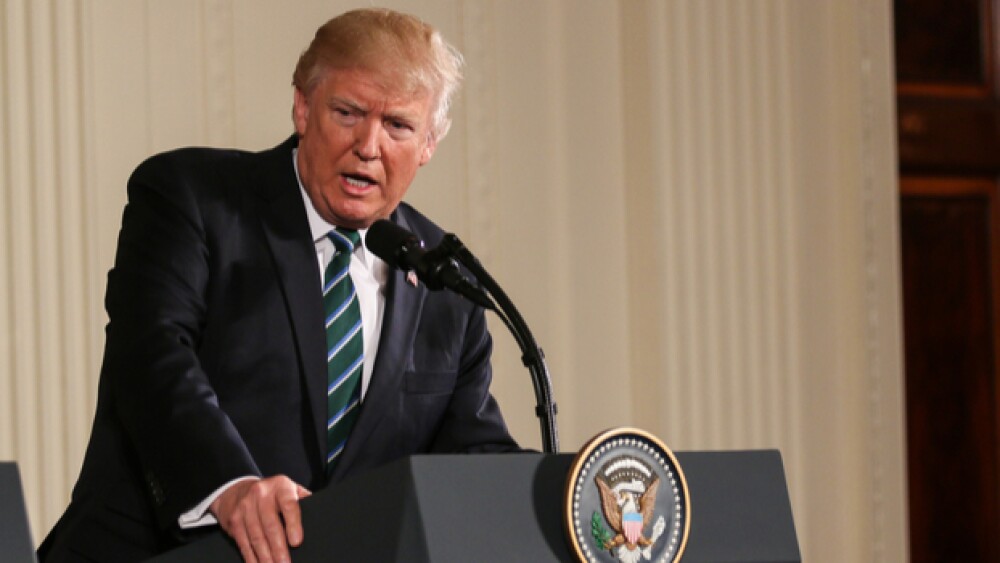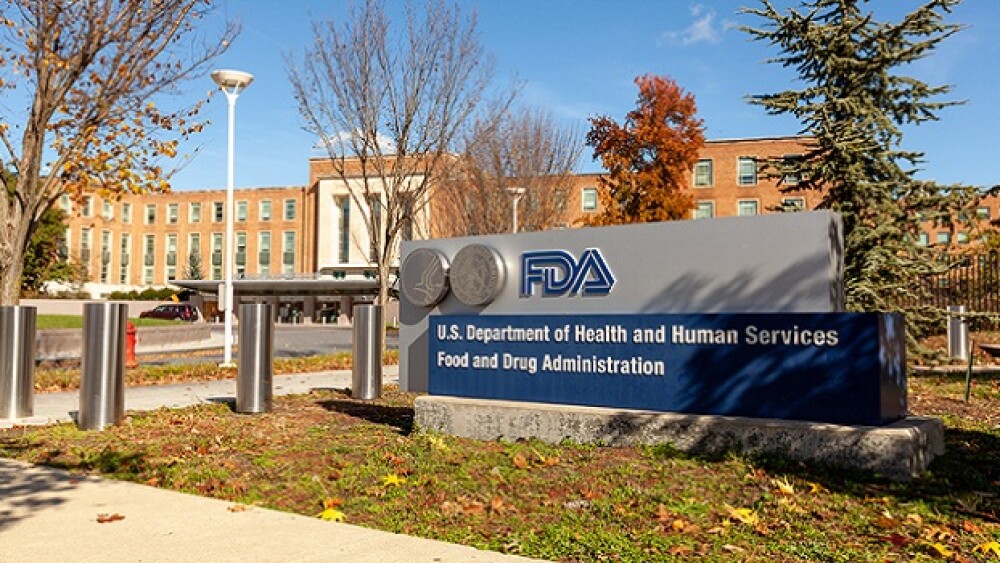The president’s proposed spending plan cuts $4.5 to $5.5 billion from the current budget of the National Institutes of Health, about an 11 percent decrease from 2019.
Nicole S Glass / Shutterstock.com
The White House’s proposed budget for 2020 is not being kind to the sciences. The president’s proposed spending plan cuts $4.5 to $5.5 billion from the current budget of the National Institutes of Health (NIH), about an 11 percent decrease from 2019.
The administration of President Donald Trump released its proposed budget for 2020 on Monday. The plan makes significant cuts to multiple offices that are under the NIH umbrella. According to an analysis by The Washington Post, the NIH cuts include an $897 reduction from the National Cancer Institute (NCI). The National Heart, Lung, and Blood Institute will see a reduction of approximately $486 million, the Post said.
Trump has made similar proposals in the past when it comes to the NIH. Trump has been critical of NIH spending, which he has called wasteful or suggested that much of it was unnecessary. In his 2018 budget proposal, the president called for a $1 billion cut to the National Cancer Institute, a $575 million cut to the National Heart, Lung and Blood Institute and an $838 million cut to the National Institute of Allergy and Infectious Diseases.
Trump also called for bringing the Agency for Healthcare Research and Quality, a stand-alone agency, under the umbrella of the NIH.
There were a few bright spots for healthcare in the proposed spending plan. The presidential outline calls for an additional $291 million for HIV/ AIDS treatment. Of that, $140 million would be added to the budget of the U.S. Centers for Disease Control and Prevention (CDC) to help reduce new HIV infections. During his most recent State of the Union speech, Trump called for a 90 percent reduction in HIV infections over the next 10 years.
The U.S. Food and Drug Administration (FDA) would see a bump in its budget under the president’s plan. The FDA budget would increase by $362 million, taking it to about $3.3 billion. The increase in spending for the FDA includes $55 million for the opioid epidemic and $55 million to support the development of digital health technologies.
Another proposal in the White House spending plan is to cap out-of-pocket expenses for prescription drugs covered by Medicare. According to STAT News, the White House proposal would limit spending on prescription drugs for seniors with Medicare coverage. The plan would have the government pick up additional costs for the drugs beyond the spending cap. STAT noted that the White House plan does not provide any hard number for what that threshold will be. The spending outline suggests that capping the out-of-pocket costs for Medicare-covered drugs could cost the government about $14 billion.
The White House spending plan is only a suggestion for Congress, which actually drafts the budget. The spending plan proposed by the president’s office merely points to priorities of the White House. With the power of the purse, Congress can draft a budget as it sees fit. In the past, Congress has ignored many of Trump’s proposals when it comes to cutting budgets for the sciences. When Trump made significant proposals to slash NIH spending in 2017, Congress ignored his recommendation and actually increased spending. That was when both chambers of Congress was helmed by Republicans. With Democrats in control of the House, many of the president’s proposed cuts are not likely to be considered.





